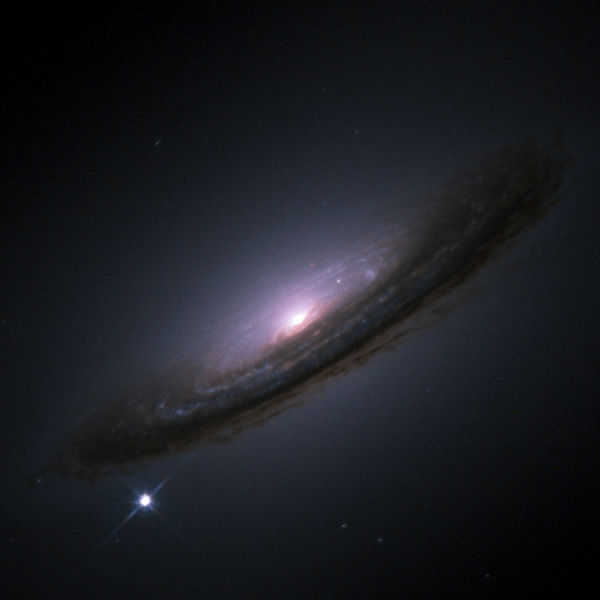Over the century since they were first discovered, cosmic rays have been something of a mystery. These particles (mostly protons) that hurtle through space at high speed and crash into the Earth's upper atmosphere seem to come from all directions equally. Where are these galactic projectiles coming from? And how do they come to be travelling so fast? This week an international team of researchers announce in Science magazine that they've unambiguously shown that at least some of the cosmic rays come from supernova remnants--expanding shells of matter from exploded stars--which are acting as natural particle accelerators.
Physicists have suspected for a long time that supernova remnants are a  source of cosmic rays because they've been able to detect tell-tale gamma rays--high energy photons--coming from such objects. The gamma rays are spawned by accelerated protons as they're released but the problem is that accelerated electrons also produce gammas and, until recently, it's been impossible to tell which particles are producing them.
source of cosmic rays because they've been able to detect tell-tale gamma rays--high energy photons--coming from such objects. The gamma rays are spawned by accelerated protons as they're released but the problem is that accelerated electrons also produce gammas and, until recently, it's been impossible to tell which particles are producing them.
However, the process by which protons generate gamma rays is different from electrons and has a minimum energy for the gammas produced. Electrons have no such low energy cut-off. The research team spent 4 years observing two nearby supernova remnants in our galaxy with the Fermi Gamma-ray Space Telescope and clearly saw a cut-off in gamma ray numbers at the predicted energy. So we can now safely say that at least some of these galactic visitors are coming from the remains of supernovas.
References
- Previous DNA break-up ages eggs in ovaries
- Next (Power) Walk This Way










Comments
Add a comment